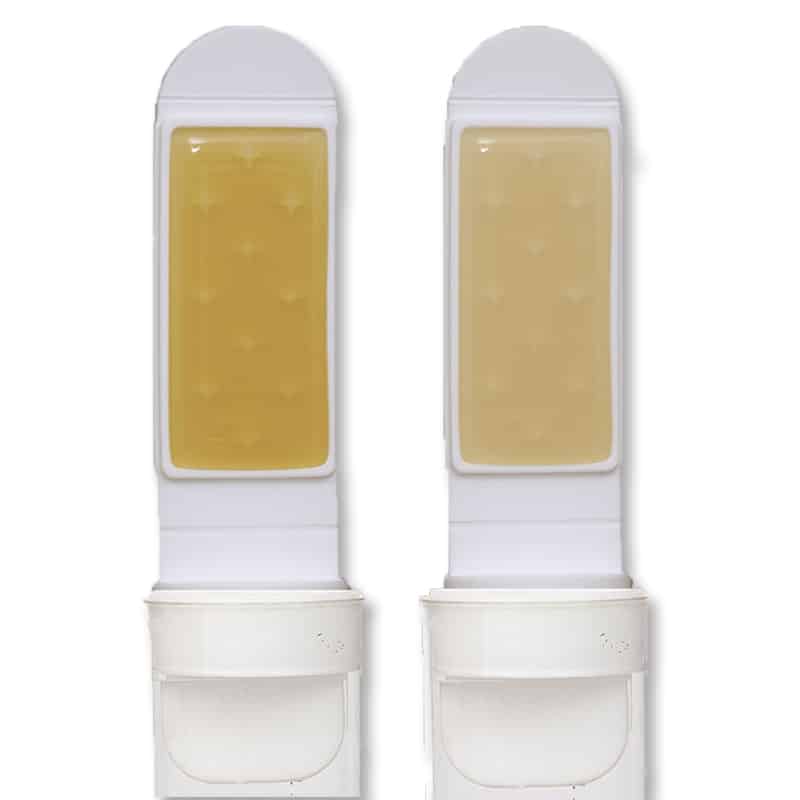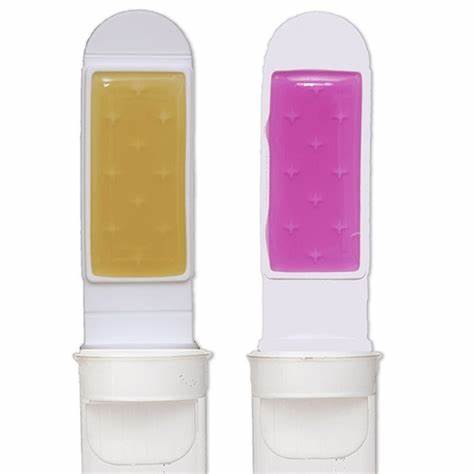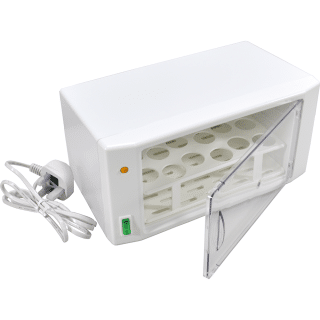Description
HSE Guidelines Dipslides for Metalwork Fluids
Fluid systems that contain water or water-mixes can become highly contaminated with harmful bacteria.
The bacterial contamination of fluids and associated machinery and pipework should be monitored and controlled. Direct means of measuring bacterial contamination should be used in conjunction with other checks on fluid quality, eg fluid concentration and pH. There are several ways of doing this. Microbiological dip slides are a simple way of checking bacterial contamination.
A dipslide for metalwork fluids consists of a plastic carrier coated with a sterile culture medium, which is dipped into the liquid to be tested. It is then incubated to allow microbial growth and the resulting colonies are estimated by reference to a chart to indicate the level of bacterial contamination. Results are expressed in terms of colony-forming units per millilitre (CFU/ml) of fluid.
The following values indicate what can be regarded as good, reasonable and poor standards of fluid management, and what action should be taken. Monitoring should be used to confirm your standard of control, as well as indicating increased levels of bacteria at an early stage.
- <104 CFU/ml Good control. Bacteria are being maintained at low levels. Regular checks and actions to maintain the fluid quality should continue.
- ≥104 to <106 CFU/ml Reasonable control. Review and take action to check the quality of the metalworking fluid and adjust fluid parameters to those recommended by the supplier. If bacterial growth continues despite these adjustments, add biocide at the dose recommended by your supplier.
- ≥106 CFU/ml Poor control. Immediate action should be taken in line with the risk assessment. Normally draining and cleaning should take place
Bacterial contamination – Metalworking fluids – HSE
COSHH essentials for machining with metalworking fluids
HSE-Good-Practice-Guide-for-Safe-Handling-and-Disposal-of-Metalworking-Fluids






